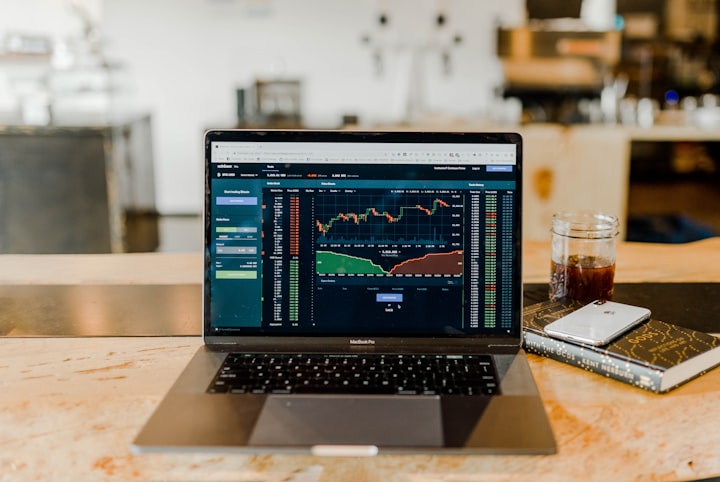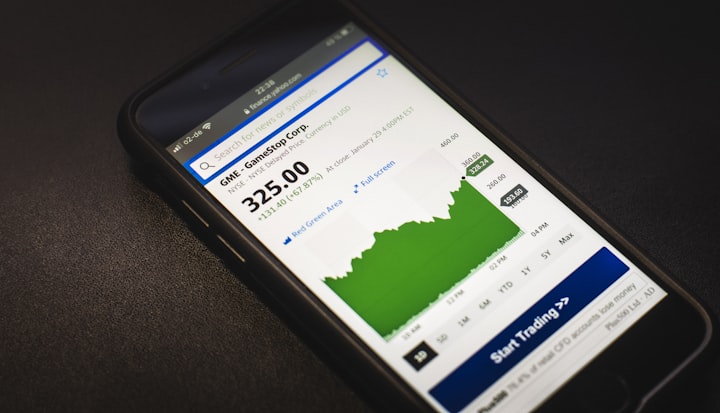
The demat account is an account for capturing financial security (equity or debt) electronically. In India, demat accounts are maintained by two savings organizations, National Securities Depository Limited and Central Depository Services Limited. The depot participant, like the bank, acts as an intermediary between the investor and the depositor.
The demat account number is quoted for all transactions to allow for electronic transactions. Accessing the extracted account requires an internet password and a transaction password. The transfer or purchase of shares can begin there. The purchase and sale of shares in a derecognised account is done automatically once the transaction has been confirmed and terminated.
India adopted the demat account for electronic storage, in which stocks and securities are represented and stored electronically, thus eliminating the hassles associated with paper sharing. After the introduction of the investment plan by the Depot Act of 1996, the process of selling, buying and transferring shares became much easier; many of the risks associated with paper certificates were reduced. It also helps to reduce the transfer time of shares.
Converting actual investment records into electronic records is called "dematerialising" security. All dematerialise physical security has an International Security Identity Number. A separate application form must be completed for every ID number.
The complete process of manufacturing is described below:
The investor issues certificates of dematerialisation to the deposit participant. Deposit participant renews investor account. Demat accounts held by National Securities Depository Limited and Central Depository Services Limited and banks act as consultants.
Importance of Demat account
Safer option - Previously when there were no demat accounts, the type of shares was very difficult to maintain and maintain. There was always the danger of being put in the wrong place, stolen or damaged. But with stocks being held electronically in the accounts, our investment is much safer. In addition, there are additional layers of security, regulations and compliance that make data accounts a more secure option.
Indespensible for trading - You cannot trade in the stock market if you do not have a demat account. Since stock trading is done electronically, unless you have a demat account to buy and sell shares listed on the public list, you will not be able to make any transactions. It is mandatory to pay the transaction (electronically) on any stock exchange.
Lower costs - There were many additional costs such as stamp payments and handling costs where physical shares of stocks were available. But with the emergence of demat accounts, all such costs have been completely eliminated. This has led to a reduction in the cost of stock trading and a significant amount of savings for investors.
Convienent and quick - Coping with physical security may include visiting your trader whenever you want to buy or sell stocks. But since demat accounts work electronically, you no longer need to visit your merchant regularly and everything can be done online within seconds. Also, there is no chance of any hands-on mistakes being made in the event that you want to transfer your shares on behalf of someone else as the processes are now electronically processed.
Steps to open a Demat Account
Choose a Depository Participant - Selecting a Deposit Partner (DP) is the first step to opening a Demat account. In India, banks, stockbrokers, and online investment platforms offer DP services. When choosing a DP, it is advisable to go to a service provider with functions and features that match your needs and requirements.
Submit Demat account opening form - Visit your DP website and fill out a Demat account online form to open a Demat account. Many depository stakeholders such as IIFL offer the ability to open both trading and Demat accounts.
Fulfil KYC (Know Your Customer) Norms - Once you have successfully completed the Demat account opening form, you will be asked to complete the Know Your Customer (KYC) procedures. This may require you to send scanned copies of KYC documents such as proof of ownership, address proof, bank account statement, and proof of income. It is a good idea to get all the relevant documents next to you before applying, as this can help you get the process done faster.
Go through the verification process - After submitting your Demat account opening form and the required proof, you will be asked by your DP to go through a process called 'In Person Verification' (IPV). This test is mandatory, and is done to verify the authenticity of your documents. Depending on your DP, you may be required to attend one of your service providers' offices. However, many depository participants now offer IPV services online through a webcam or smartphone.
Sign the agreement copies - Once you have completed the IPV, you will be asked to sign an agreement with your DP. This agreement usually contains all the duties and rights of the depot participant and investor.
Get your BO ID Number - Once this is done, your DP will continue to process your Demat account opening form. Upon approval of your application, you will be given a unique ID number (BO ID) unique ID number. This BO ID is used to access your Demat account.
Documents required
A copy of your identity proof, PAN card and your photo is required.
A copy of Voter’s identity card, Registered lease agreement, Driver’s license, Passport, Aadhaar card, Landline telephone bill, Electricity bill, Apartment maintenance bill, Copy of your insurance, Ration card, Gas bill, Bank passbook or account statement (not older than 3 months from the date of receipt of documents), any such copies shall serve as a proof to your residence.
A copy of your bank account passbook or bank statement (not older than 3 months)
A copy of your latest salary slips or your Income Tax Return (mandatory for currency and derivatives segment).





Comments
There are no comments for this story
Be the first to respond and start the conversation.